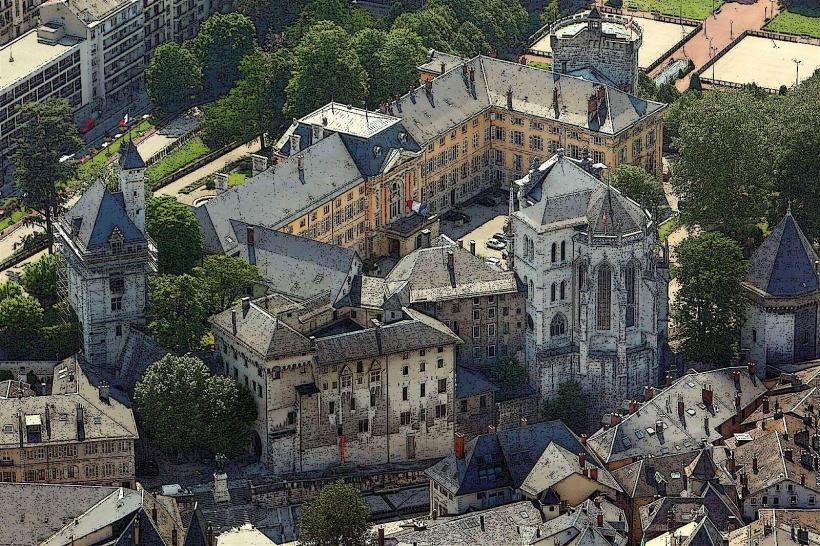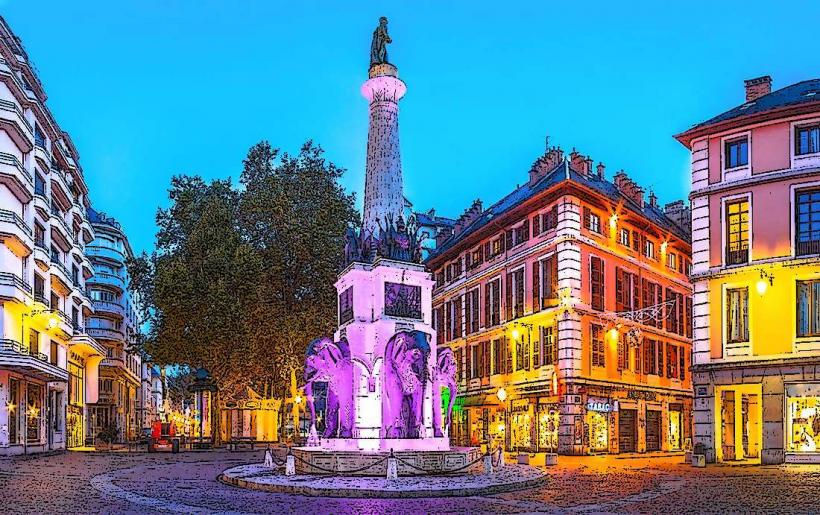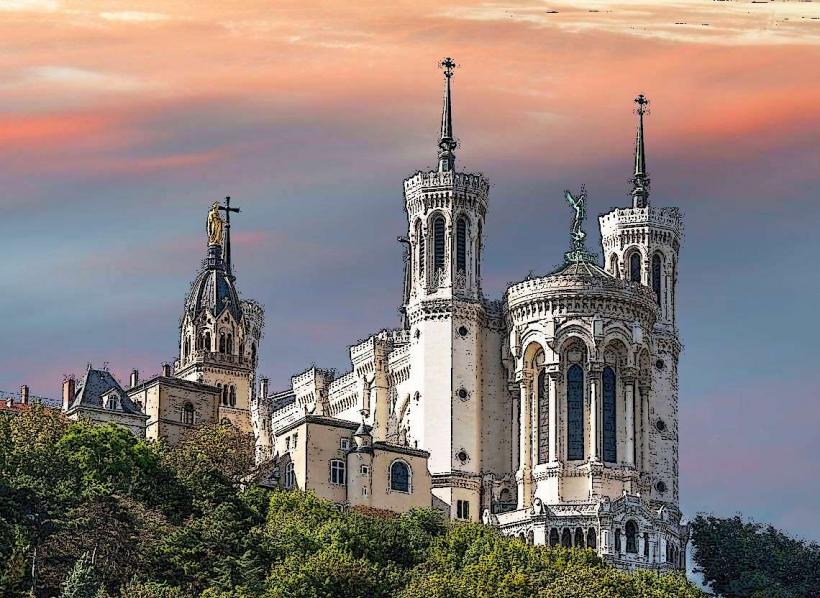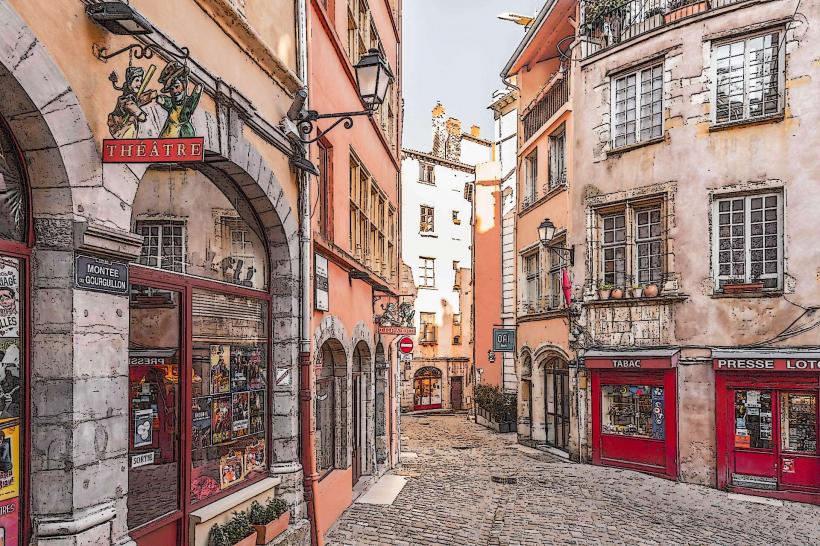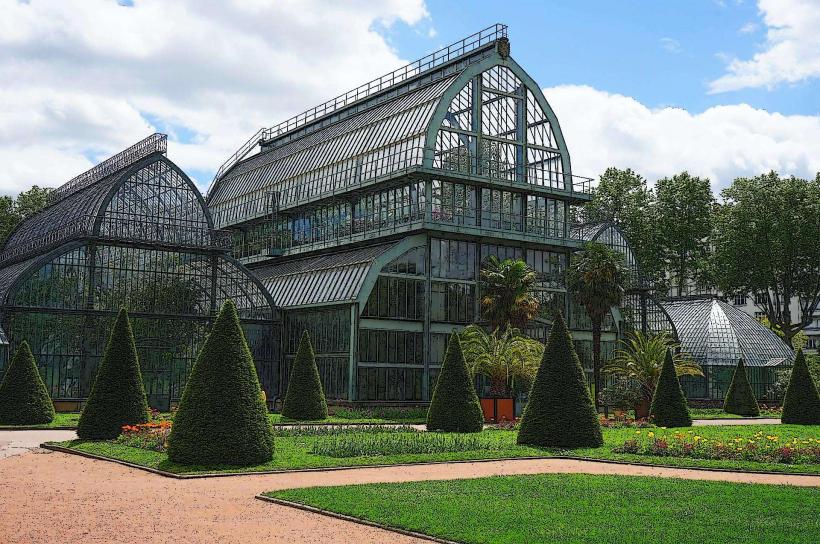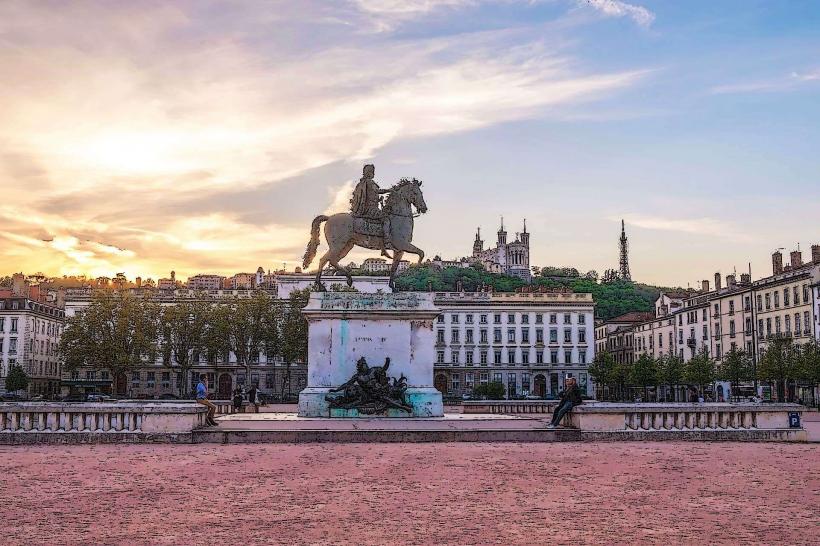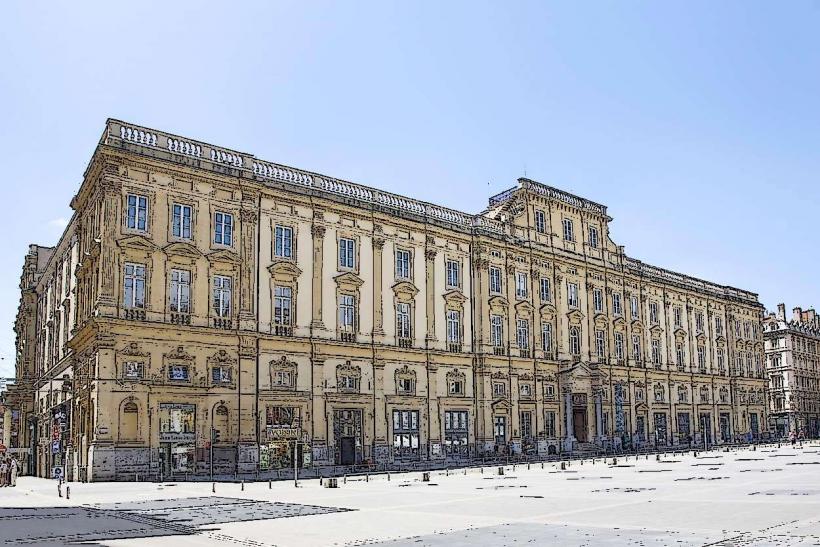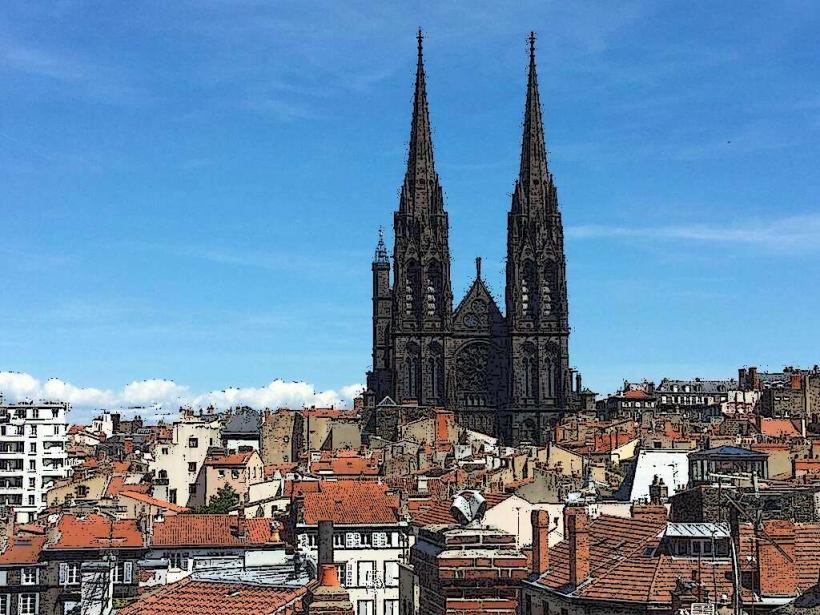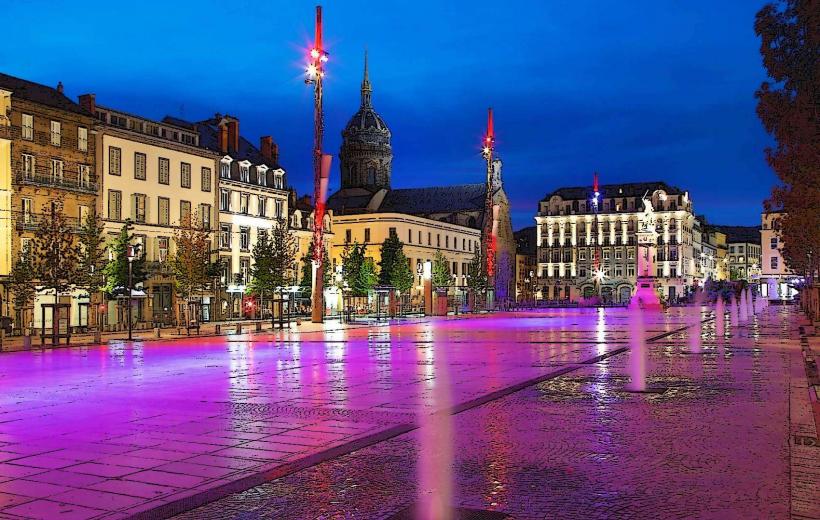Information
Landmark: Saint Jean Baptiste CathedralCity: Lyon
Country: France
Continent: Europe
Lyon Cathedral (Saint-Jean-Baptiste Cathedral), located in the heart of Lyon’s Old Town (Vieux Lyon), is a stunning example of Gothic architecture and one of the city’s most iconic landmarks. The cathedral is dedicated to Saint John the Baptist, the patron saint of Lyon, and has a rich history that dates back to the 12th century. It is a major attraction not only for its architectural grandeur but also for its historical significance.
1. Overview
- Location: The cathedral is situated in Place Saint-Jean, at the foot of the hill of Fourvière, in the center of Lyon’s medieval district, which is a UNESCO World Heritage Site.
- Construction Timeline: The construction of the cathedral began in 1180 and was completed in 1476, though various additions and restorations occurred over the centuries, giving the building a blend of Romanesque and Gothic styles.
2. Architectural Features
Facade: The west façade of the cathedral is one of its most striking features. It is adorned with intricate sculptures depicting scenes from the Last Judgment, as well as a stunning rose window. The façade is a mixture of Gothic and Romanesque styles, with remarkable symmetry and delicate detailing that make it an outstanding example of medieval craftsmanship.
Towers: The cathedral features two large towers. The south tower is the higher of the two, standing at around 50 meters (164 feet), and is the most prominent feature of the cathedral’s exterior. The towers are topped with pinnacles and feature elaborate bell chambers.
Interior: The interior of the cathedral is equally impressive, with its soaring vaulted ceilings, stained-glass windows, and grand nave. The interior reflects the cathedral's transition from Romanesque to Gothic architecture, with the first part of the church built in the Romanesque style and later parts in the Gothic style. The cathedral’s chancel and aisles are particularly notable for their grandeur.
Astronomical Clock: One of the cathedral’s most famous features is its astronomical clock, located in the south transept. The clock, built in the 14th century, is a masterpiece of mechanical engineering. It not only shows the time but also features moving figures of the 12 apostles and a variety of celestial events. The clock still operates today and attracts visitors who come to see its daily animation at noon.
3. Historical Significance
Religious History: The cathedral has long been the religious center of the city. It has served as the seat of the Archbishop of Lyon and was the site of many important religious events, including the baptism of Saint Louis, the king of France, in the 13th century.
Royal Connections: In addition to its religious importance, Saint-Jean-Baptiste Cathedral has historical ties to the French monarchy. The wedding of King Charles VIII and Anne of Brittany took place here in 1491. The cathedral’s importance as a royal church is also reflected in the architecture, with certain elements designed to accommodate royal ceremonies.
4. The Cathedral and the City of Lyon
Vieux Lyon: The cathedral is located in the heart of the Vieux Lyon district, a beautifully preserved Renaissance neighborhood of the city. The area surrounding the cathedral is filled with narrow, winding streets, traboules (hidden passageways), and Renaissance-era buildings, which makes it a delightful area for visitors to explore. The cathedral itself acts as the focal point of the district, drawing both worshippers and tourists.
UNESCO World Heritage Site: The historic center of Lyon, including the cathedral, has been recognized as a UNESCO World Heritage Site for its well-preserved medieval and Renaissance architecture, which provides a glimpse into the city’s rich history.
5. Notable Events and Features
The Cathedral and the Festival of Lights (Fête des Lumières): Saint-Jean-Baptiste Cathedral is a central point during Lyon’s Festival of Lights, which is held every December. During this event, the cathedral is beautifully lit up, and various light installations illuminate the surrounding area, creating a magical atmosphere that draws visitors from all over the world.
Relics: The cathedral houses various religious relics, including the remains of Saint-Irénée, one of the early bishops of Lyon, and Saint-Bonaventure, an important figure in medieval theology.
Music and Concerts: The cathedral is also known for its acoustics and frequently hosts organ concerts and choir performances, especially during important religious celebrations like Christmas and Easter.
6. Visiting the Cathedral
Opening Hours: The cathedral is open daily to the public, with mass services held on Sundays and significant religious holidays. The church is open to tourists, who can visit during regular hours outside of service times.
Admission: Entry to the cathedral is free for visitors, though donations are encouraged to support the maintenance of the building.
Guided Tours: For those interested in learning more about the cathedral’s history, guided tours are available. These tours often include detailed explanations of the architecture, religious significance, and the artworks within the cathedral.
7. Conclusion
The Saint-Jean-Baptiste Cathedral in Lyon is a remarkable architectural and cultural treasure. With its stunning Gothic and Romanesque design, significant historical background, and spiritual importance, it stands as one of Lyon’s most cherished landmarks. Whether you're interested in history, architecture, or simply seeking a peaceful place to reflect, this cathedral offers a profound experience for visitors. Its beauty, both inside and out, continues to captivate those who visit, making it an essential stop for anyone exploring the city of Lyon.

